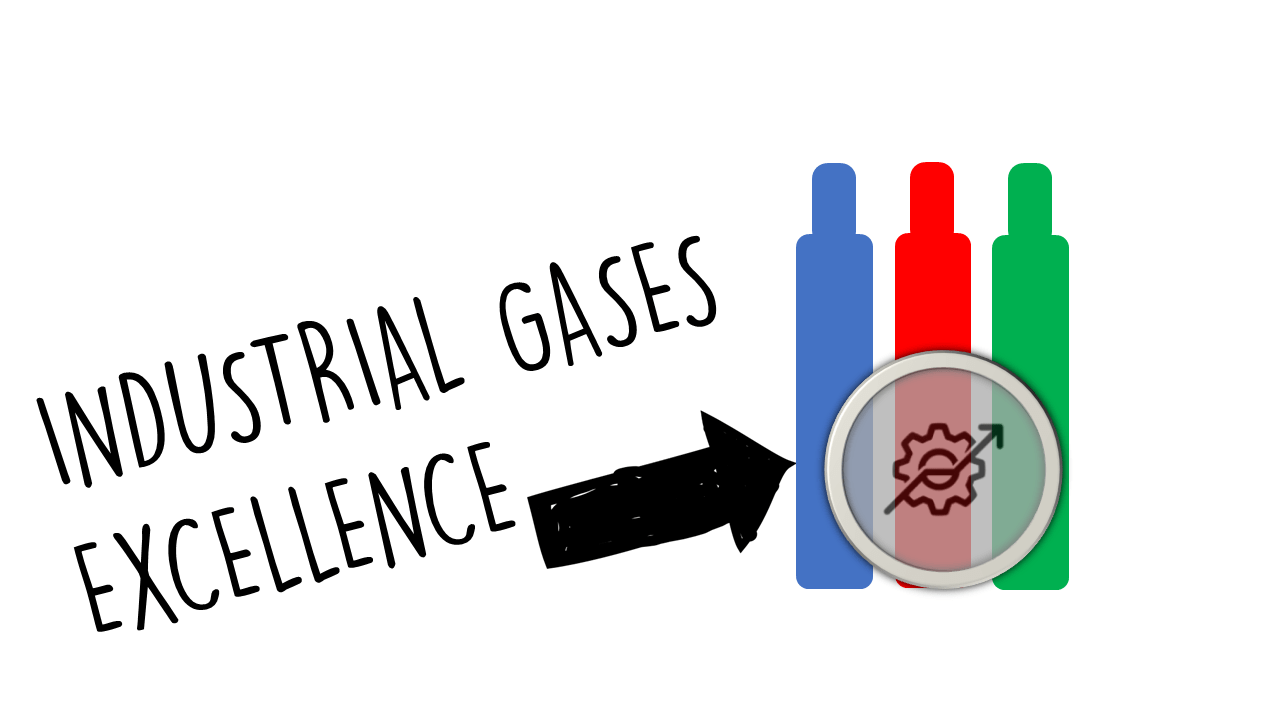Licensing in the context of industrial gases refers to the strategic process through which companies obtain rights to utilize technologies, processes, patents, and trademarks in order to enhance their offerings and optimize operations within the industrial gases sector. This may involve:
- Technology Licensing: Gaining access to innovative technologies developed by other organizations to improve production efficiency, reduce costs, or enhance product quality.
- Process Licensing: Utilizing established industrial processes for gas production and separation that have been proven in the market.
- Brand Licensing: Leveraging recognized brands and trademarks to bolster market presence and customer trust.
Framing
Framing situates the importance of licensing within the broader context of the industrial gases industry:
- Innovation Acceleration: Licensing allows companies to quickly access new technologies without investing heavily in research and development, enabling them to stay competitive.
- Global Reach: Licensing agreements can facilitate entry into new markets by leveraging the local knowledge and established distribution networks of licensees.
- Cost Efficiency: Through licensing, companies can minimize capital expenditure linked to developing new processes and technologies, redirecting funds to other areas of growth.
- Partnership Opportunities: Collaboration through licensing can lead to strategic partnerships, enhancing overall capabilities and market offerings.
Re-Framing
Re-framing involves changing the perspective on licensing from a mere legal transaction to a vital strategic tool:
- From Transactional to Strategic: See licensing not just as a means to acquire technology but as a part of a broader strategic plan to drive innovation and growth.
- From Risk Aversion to Risk Management: Licensing can be perceived as a way to mitigate risks associated with new product development by capitalizing on existing proven technologies.
- From Isolation to Collaboration: Promote the idea that licensing can lead to collaboration across companies, fostering innovation and enabling shared success in the marketplace.
Actions
Identify Core Competencies:
- Assess internal capabilities to determine which technologies or processes would be beneficial to license, focusing on gaps that hinder innovation or growth.
Research Potential Licensors:
- Conduct market research to identify companies offering technologies or processes that align with strategic objectives and customer needs.
Negotiate Favorable Licensing Agreements:
- Work towards establishing mutually beneficial terms that protect intellectual property while allowing for flexibility in implementation.
Monitor Market Trends:
- Stay abreast of technological advancements, ensuring proactive engagement with potential licensors and identifying new opportunities for collaboration.
Evaluate and Optimize Licensing Impact:
- Measure the effectiveness of licensing agreements on operational efficiency, market access, and revenue growth, making adjustments as necessary.
Case Studies
1. Linde AG and Praxair Merger
- Initiative: In their merger, Linde AG and Praxair utilized strategic licensing agreements to integrate technologies that improved efficiency in gas production and delivery.
- Outcome: The consolidated company reported significant cost savings and enhanced product offerings due to the shared technological advancements.
2. Air Products and the Hydrogen Energy Sector
- Initiative: Air Products licensed advanced hydrogen production technologies from a leading research institute to expand its capabilities in hydrogen fueling.
- Outcome: This move positioned Air Products as a leader in the hydrogen market, resulting in a substantial increase in new clients and contracts.
3. Messer Group and Carbon Capture Technology
- Initiative: Messer licensed innovative carbon capture technologies from a technology startup to enhance its product portfolio in response to growing sustainability demands.
- Outcome: The technology integration not only expanded their service offerings but also aligned with customers’ push toward sustainable solutions, increasing sales by 40% in eco-friendlier markets.
4. Air Liquide’s Licensing with Universities
- Initiative: Air Liquide entered into licensing agreements with universities and research institutions to use cutting-edge gas separation technologies.
- Outcome: The collaboration led to breakthrough products that improved operational efficiency and opened new market avenues, showcasing the benefits of academia-industry partnerships.
Conclusion
Licensing serves as a powerful strategy for achieving excellence in the industrial gases sector.
By framing it as an essential component of innovation and market expansion, and re-framing it as a collaborative effort rather than mere transaction, companies can strategically enhance their capabilities and offerings.
The outlined actions provide a structured approach to effectively leverage licensing opportunities, while case studies demonstrate real-world success stories that highlight the transformative impact of licensing in the industry.
Embracing this strategic approach will enable companies in the industrial gases sector to thrive in an increasingly competitive and fast-evolving market landscape.




